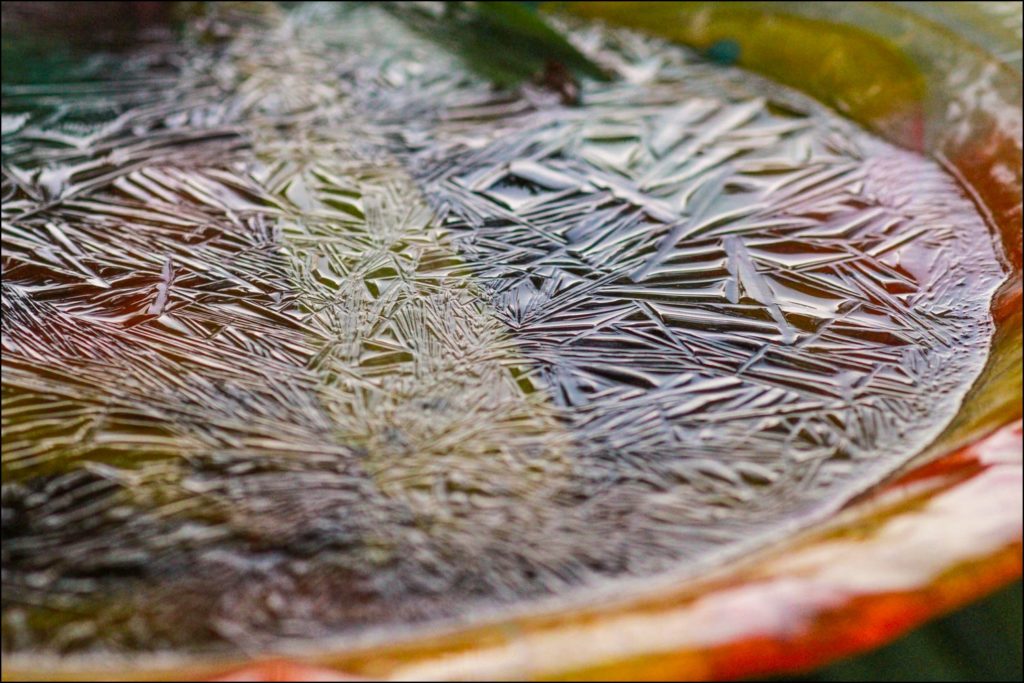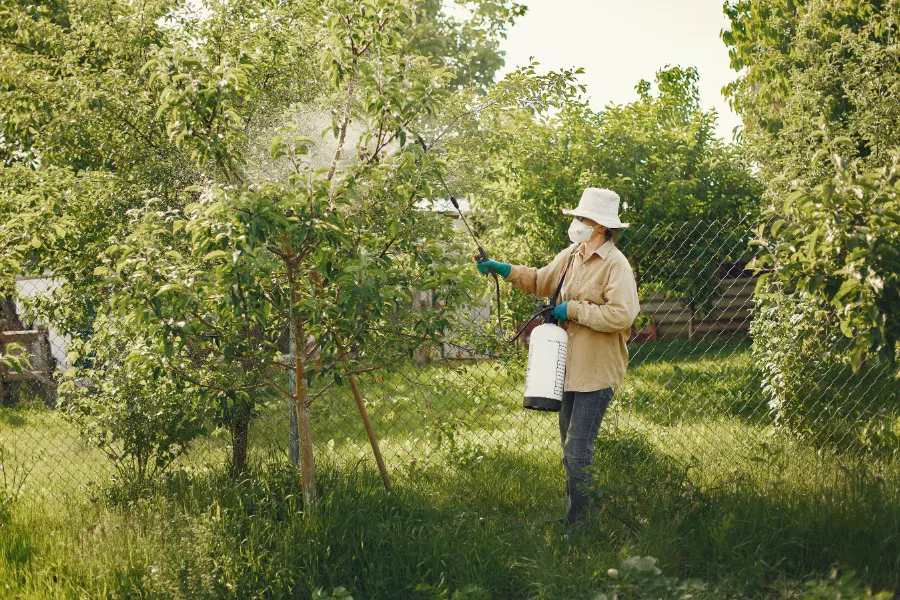
Blue jays are fascinating birds known for their distinctive blue and white plumage and their impressive caching skills. Caching is the act of storing food for later consumption, and blue jays are particularly skilled at this behavior. If you want to attract blue jays to your yard and help them with their caching, there are several easy steps you can take. Here are 11 ways you can help blue jays with their caching and create a bird-friendly backyard
Attract blue jays by offering a variety of food options and using large feeders. Keep feeders clean and visible, and offer a water source. Provide nesting boxes and plant native plants. Avoid pesticides and protect caches. Keep cats indoors to protect blue jays.
If you want to attract blue jays to your yard and help them with their caching, there are several easy steps you can take. In this article, we will share 11 simple ways you can create a bird-friendly backyard and assist blue jays with their caching.
Provide a variety of food options
Blue jays have a varied diet and will cache a wide range of foods, including peanuts, sunflower seeds, suet, and fruit. Offering a variety of these foods can help to attract blue jays to your yard and keep them coming back for more. Peanuts are a favorite food of blue jays and can be offered in a variety of ways, such as in a mesh bag or in a feeder specifically designed for peanuts. Sunflower seeds are also a popular choice, and can be offered in a feeder or scattered on the ground. Suet is a high-energy food that is especially appealing to blue jays during the colder months, and can be offered in a suet feeder or by spreading it on a tree trunk. Fruit is another option that blue jays enjoy, and can be offered by placing slices on a feeder or scattering them on the ground.
Use feeders specifically designed for blue jays

Blue jays have large beaks and can struggle with feeders that are too small. Choose feeders with large perches and openings to accommodate their size and make it easier for them to access the food. There are a variety of feeders available specifically designed for blue jays, including tube feeders, hopper feeders, and platform feeders.
Avoid using feeders that are too shallow
Blue jays prefer to cache their food in deeper containers, so avoid using feeders that are too shallow. This will make it easier for them to hide their food and prevent it from being stolen by other animals.
Keep feeders clean
Regularly cleaning your feeders is important to prevent the buildup of mold or bacteria, which can be harmful to birds. Use a mixture of hot water and vinegar to clean your feeders and allow them to dry completely before refilling them with food.
Place feeders in a visible location
Blue jays are more likely to visit feeders that are easily visible and accessible. Place feeders in a location where they can be easily seen, such as near a window or in an open area of your yard. This will make it easier for blue jays to find your feeders and encourage them to visit more often.

Offer a water source
In addition to food, blue jays also need access to clean water. Consider installing a birdbath or other water source, such as a shallow dish or a small pond, to attract blue jays to your yard. Providing a water source will not only help to attract blue jays, but it will also provide a vital resource for other birds and wildlife.
Provide nesting boxes
Blue jays are more likely to visit yards with nesting boxes, as they provide a safe and secure place for them to raise their young. Nesting boxes can be purchased or built at home and should be placed in a location that is sheltered from the elements and predators. Learn more about how you can help blue jays build their nest.
Plant native trees and shrubs
Blue jays rely on native plants for food and shelter. Planting native trees and shrubs can help to attract blue jays to your yard and provide them with the resources they need to survive. Native plants are also beneficial for the environment, as they support the local ecosystem and provide habitat for other wildlife.

Avoid using pesticides
Pesticides can be harmful to blue jays and other birds. Consider using natural methods to control pests in your yard, such as introducing predators, using traps, or using physical barriers. This will help to keep your yard safe.
Protect your caches
If you notice blue jays caching food in your yard, consider protecting these caches by placing a wire mesh over them or installing a cache guard. This will help to prevent other animals from stealing the food and will give the blue jays a better chance at finding it later. Caches are an important part of the blue jay’s survival strategy, as they allow the birds to store food for leaner times.
Keep cats indoors

Cats are a major threat to blue jays and other birds. Keeping your cats indoors can help to protect blue jays and other birds in your yard, as well as keeping your cats safe from cars and other hazards. If you do need to let your cats outdoors, consider using a leash or keeping them in a screened-in area to prevent them from hunting birds.
By following these tips, you can help blue jays with their caching and create a bird-friendly backyard that will attract a variety of species. Remember to always approach wild birds with caution and respect, and never try to touch or handle them. Enjoy watching and learning about these fascinating birds from a distance!
In conclusion
Blue jays are intelligent and beautiful birds that are known for their distinctive blue and white plumage and their impressive caching skills. Caching is the act of storing food for later consumption, and blue jays are particularly skilled at this behavior. If you want to attract blue jays to your yard and help them with their caching, there are several easy steps you can take.
One of the most effective ways to attract blue jays is to offer a variety of food options. Blue jays have a varied diet and will cache a wide range of foods, including peanuts, sunflower seeds, suet, insects and vertebrates and fruit. Offering a variety of these foods can help to attract blue jays to your yard and keep them coming back for more.
In addition to offering a variety of foods, it is also important to use feeders specifically designed for blue jays. Blue jays have large beaks and can struggle with feeders that are too small, so choose feeders with large perches and openings to accommodate their size. Avoid using feeders that are too shallow, as blue jays prefer to cache their food in deeper containers. It is also important to keep feeders clean to prevent the buildup of mold or bacteria, which can be harmful to birds.
Placing feeders in a visible location can also help to attract blue jays to your yard. Blue jays are more likely to visit feeders that are easily visible and accessible, so place feeders in a location where they can be easily seen, such as near a window or in an open area of your yard. In addition to food, blue jays also need access to clean water, so consider installing a birdbath or other water source to attract blue jays to your yard.
Providing nesting boxes and planting native trees and shrubs can also help to attract blue jays to your yard. Nesting boxes provide a safe and secure place for blue jays to raise their young, and native plants provide food and shelter for the birds. Avoiding the use of pesticides and protecting your caches can also help to make your yard more attractive to blue jays. Finally, keeping cats indoors can help to protect blue jays and other birds from predation.
By following these tips, you can help blue jays with their caching and create a bird-friendly backyard that will attract a variety of species. Remember to always approach wild birds with caution and respect, and never try to touch or handle them. Enjoy watching and learning about these fascinating birds from a distance!
